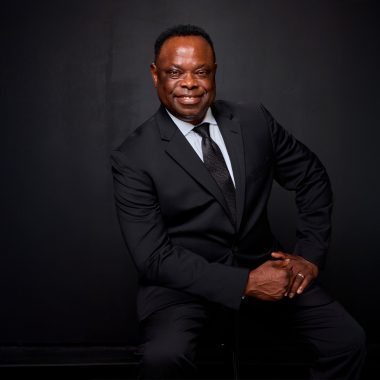Digital evidence has become a cornerstone of modern investigations, demanding a unique blend of technical expertise and legal knowledge. Leading this complex field is Jacques Nack, who brings over twenty years of experience to his role as the head of innovation at iDiscovery Solutions. While TV shows often portray computer forensics as instantaneous magic, Nack has built his reputation by meticulously extracting digital evidence from high-profile cases, ensuring the evidence can stand up in courtrooms nationwide.
Behind the Scenes of Digital Forensics
Unlike the Hollywood portrayal of digital investigations, where evidence materializes with just a few keystrokes, real forensic work requires methodical precision and an understanding of legal requirements. At iDiscovery Solutions, where Jacques Nack leads innovation, the focus is on credibility and accountability.
“Our claim to fame is that we actually put our data experts on the stand. We back up what we say by going to court and testifying about it,” Jacques explains. His team, which includes professionals with varying levels of experience, emphasizes the importance of consistency. “We want to ensure consistency in how we perform our investigations, implement systems, and mitigate risk by following best practices for evidence handling, chain of custody, and methodology.”
The challenges are significant, particularly given today’s sheer volume of data. “We have an evidence deluge. We have so much data across different jurisdictions and systems,” Jacques notes. “The notion of ‘bag and tag’ you see in movies isn’t how it works. We need to make sure we collect the right data, properly, and have access to the necessary locations.”
Merging” Technology with Legal Requirements
Jacques Nack strikes a careful balance between technological possibilities and strict legal constraints. His innovation strategy is centered around practical applications that maintain the integrity of digital evidence. “Digital evidence analysis requires looking at hundreds, sometimes millions, of documents. For each, we must be accountable for who opened them, who looked at them, and who modified them,” he explains. We can innovate by using a blockchain-type chain of custody system within a private environment to ensure non-repudiation of actions performed on digital evidence.”
This meticulous approach reflects a fundamental difference in how forensic experts view information. “When I talk to colleagues who have worked in other fields, they talk about data. I tell them, Yes, we also call it data, but all that data is evidence to us. The data about that data is evidence. What was done to it is also evidentiary.”
Leveraging AI While Maintaining Integrity
The emergence of advanced AI has created both opportunities and challenges for digital forensics. Jacques Nack approaches this technology thoughtfully, always considering its legal implications. “AI has been very disruptive, and our trouble is determining the scale of that disruption,” he explains. “We look” at not just technology improvements but also jurisprudence and court acceptance of output from AI models. There’s a standing practice of being able to explain what the machine did, and many issues about AI involve its ‘black box’ nature. His strategy has been intentionally measured. “Last year, we used AI systems for discrete tasks where we had direct improvement, better document OCR and detection, better name entity extraction, and better document grouping. This was just step one so experts would know what to do next.”
The modern world leaves no action untraceable, a reality Jacques understands deeply. “No human interaction is happening today that doesn’t leave a digital trace. That’s the best thing,” he says. Even attempts to avoid detection are becoming less effective. “You can “use a car built in 1972, without GPS, shade all windows, and take the freeway. We will analyze images across hundreds of video feeds and tell you where you went. We don’t need to track your GPS.” As digital forensics continues to evolve, Jacques remains focused on balancing innovation with responsibility: “The vast percentage of data triage activity will be done by robots and AI, delivering information to experts who will formulate opinions and advocate for them in court.”
To learn more about Jacques Nack, check out his LinkedIn profile.








